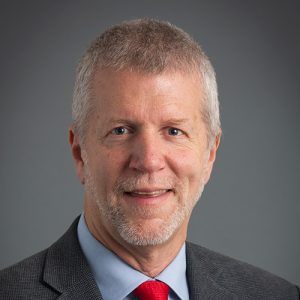
On Thursday, July 10 and Friday, July 11, 2025, over 120 individuals from 21 institutions gathered for the University of Wisconsin Department of Radiology’s Magnetic Resonance in Madison Conference. The conference featured presentations by experts in the field, covering topics ranging from flow techniques, large language model (LLM) applications, and image reconstruction.

James Pipe, PhD, director of high value MRI as well as the MR Technology and Use Design (MRTUD) group, led the efforts to establish this inaugural conference. The organizing committee included members from the radiology and medical physics departments; Walter (Wally) Block, PhD; Diego Hernando, PhD; Samuel Hurley, PhD; Kevin Johnson, PhD; Mark (Marty) Pagel, PhD; Oliver Wieben, PhD. GE HealthCare MRI Scientist Ty Cashen, MD, PhD also served on the committee.
“As sharing content electronically becomes easier, one of the primary purposes of conferences is networking with colleagues.” Dr. Pipe shared. “We wanted to create a venue that was conducive to fostering discussions and building relationships.”

In addition, the organizers focused on creating an environment where students could gain experience presenting their work, a goal that they met with nearly 50% student participation from all attendees.
Li Feng, PhD from New York University; Garry Gold, MD from Stanford University; Catherine Hines, PhD from GSK; and Michael (Miki) Lustig, PhD from the University of California, Berkeley were keynote speakers for the conference. Dr. Feng discussed the history of Radial MRI, an approach which allows faster scanning with fewer artifacts, and highlighted the many important contributions towards radial MRI methodology that have come out of UW–Madison.
Emphasizing the many important facets of working together, Dr. Gold shared his personal experience as a patient; pointing out the value, from a patient’s experience, of the work being done by attendees at the conference.
Dr. Hines, head of imaging at GSK, returned to her alma mater to give an enlightening talk on the role of imaging in drug development at all stages of the pathway.

Known for his many innovations in MRI, Dr. Lustig gave a lecture on using novel technology to monitor patient motion, respiration, and heart rate in ways that could greatly improve the way MRI data is collected and processed.
In addition to the presentations, 29 posters were featured, and both days included casual networking opportunities and group discussions.
Future Magnetic Resonance in Madison conferences will be held on a bi-yearly basis.